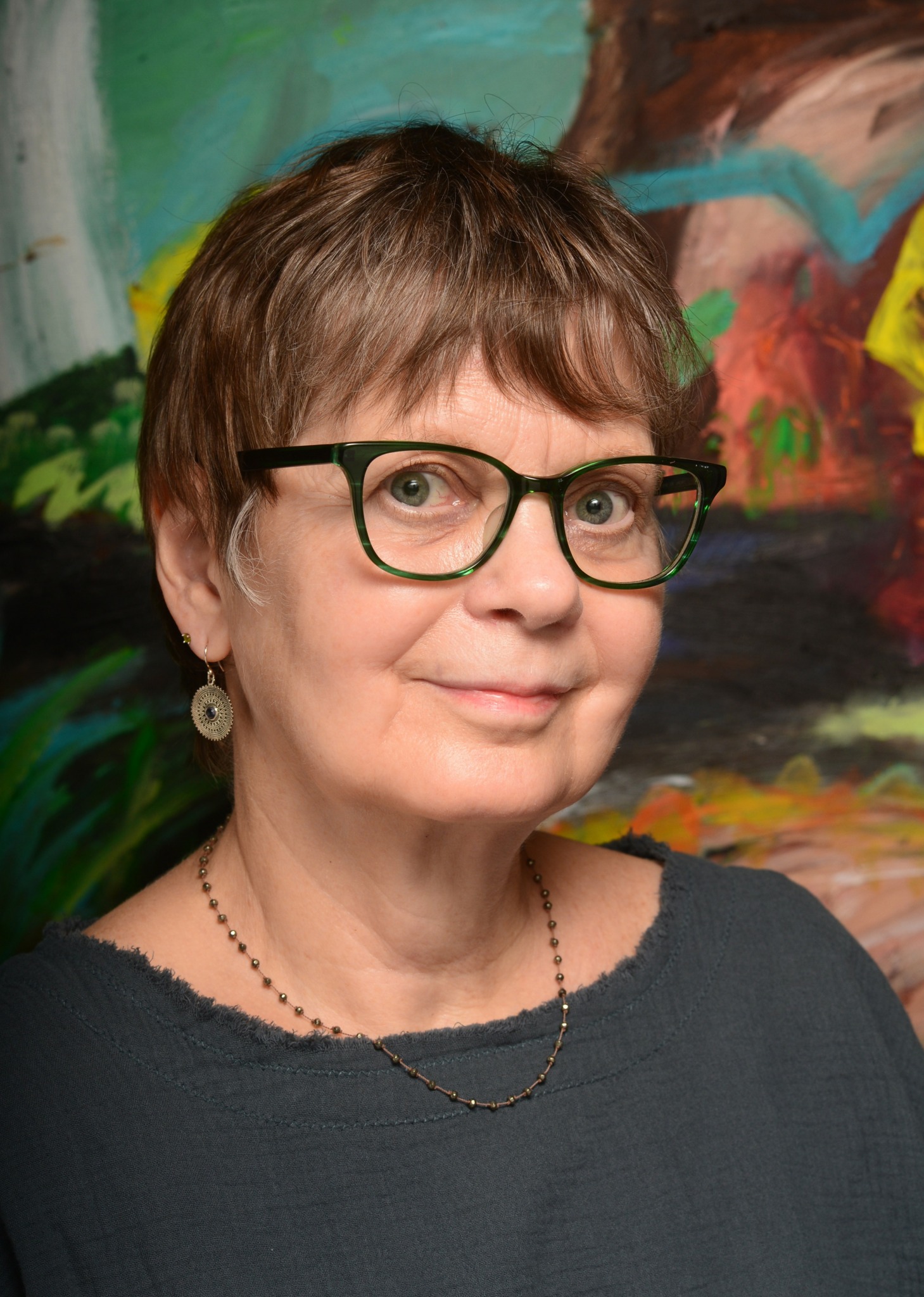We caught up with the brilliant and insightful JoAnne Lobotsky a few weeks ago and have shared our conversation below.
JoAnne, looking forward to hearing all of your stories today. We’d love to hear about when you first realized that you wanted to pursue a creative path professionally.
When I was 9 years old, I had a wonderful art teacher in school. She must have had us drawing our hands, because I would spend hours at home drawing my left hand in different positions. At the end of the school year she told my mother that I was going to be a artist. I felt so excited! Not sure if my mom was as excited judging by her nervous laugh. However, it wasn’t until college that I knew I needed to be on that path in a serious way. I had considered psychology or sociology and was good at biology. But it just struck me one day, that I was supposed to be on the path of becoming an artist and that it would be a very long time before I could claim that title. Although now I think that was a mistaken understanding of what it is to be an artist.
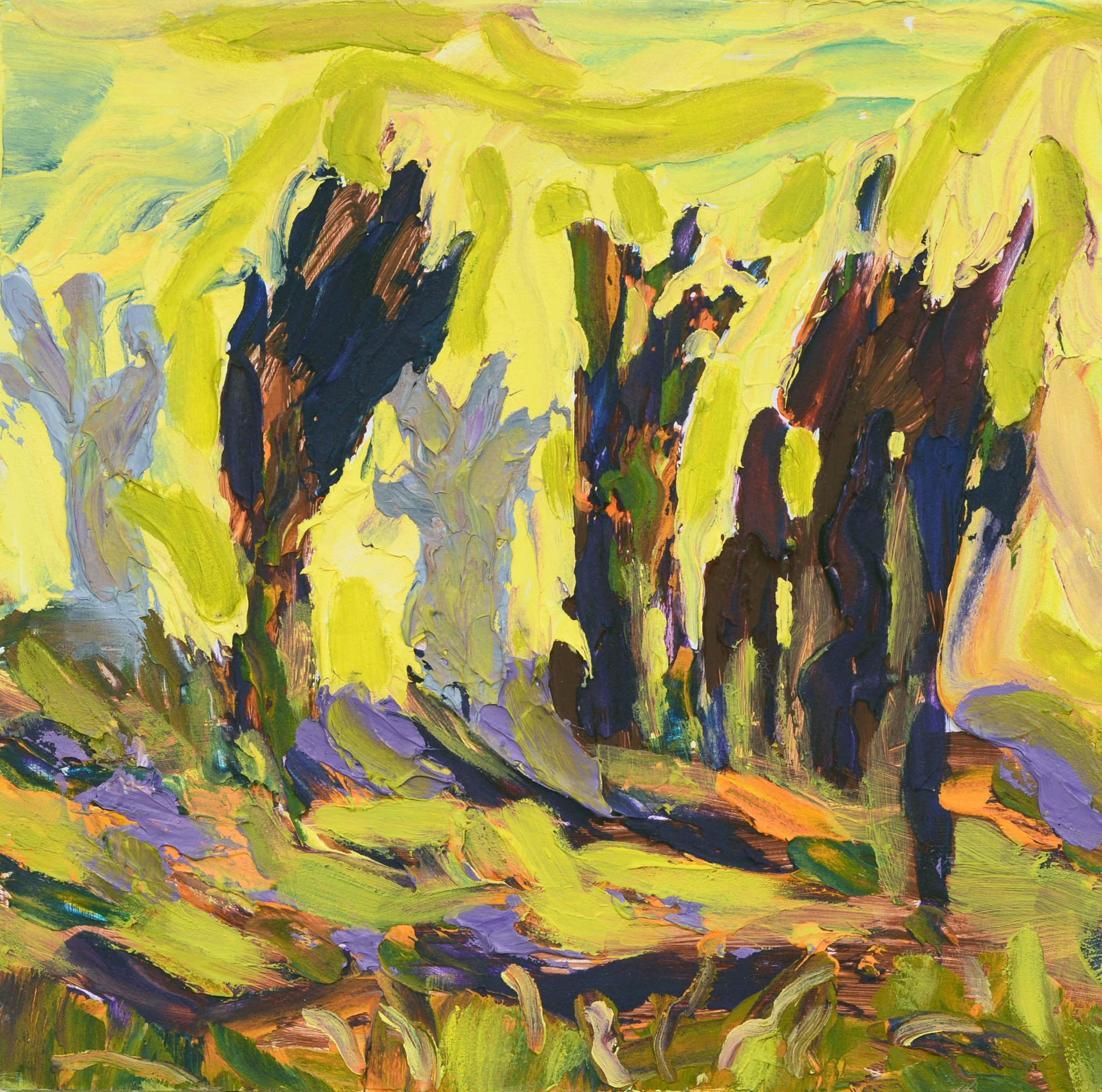
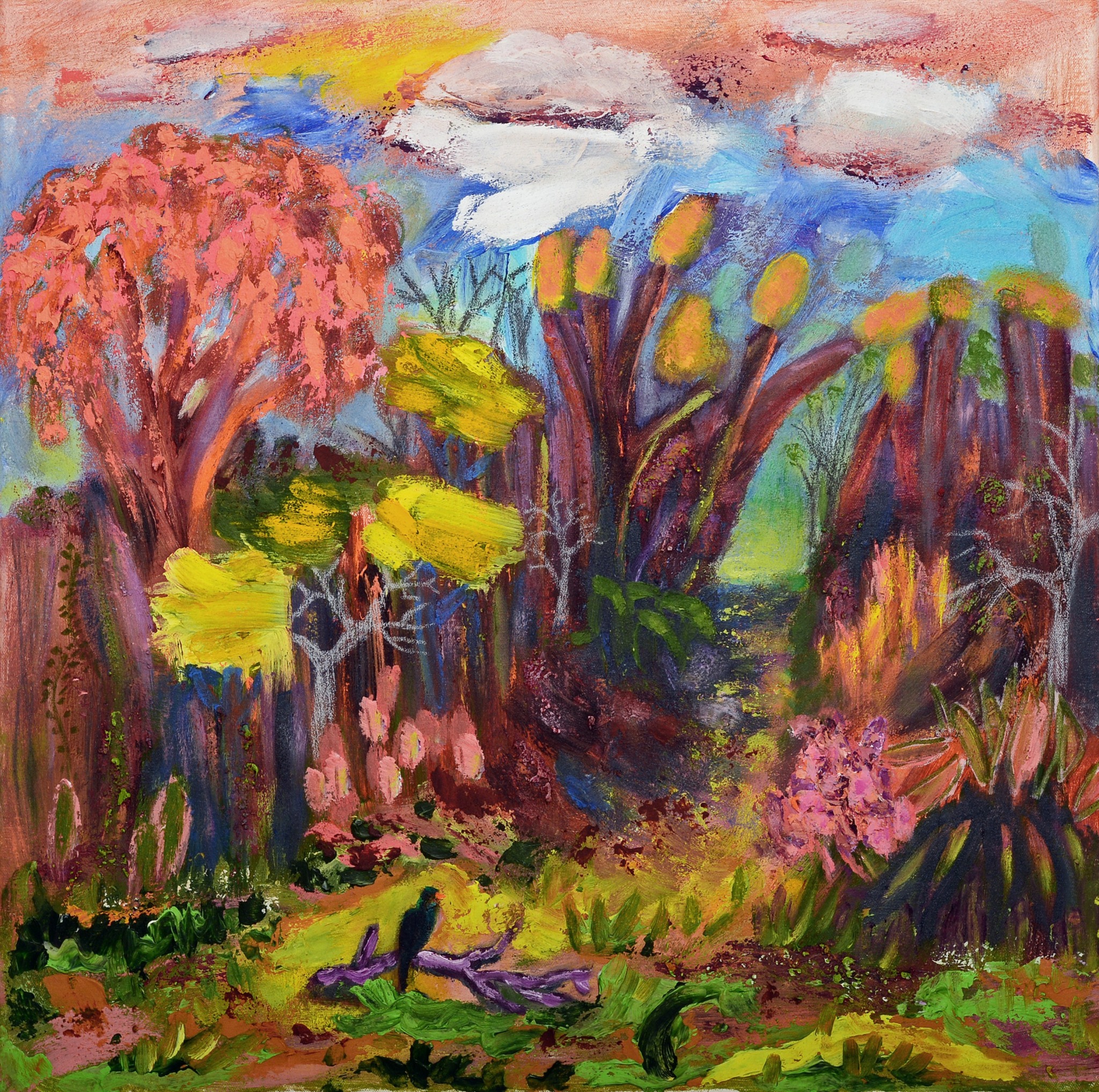
JoAnne, love having you share your insights with us. Before we ask you more questions, maybe you can take a moment to introduce yourself to our readers who might have missed our earlier conversations?
I have been a restless artist, utilizing many different means of creative expression. My ability to shift between modes brings out different aspects of my artistic journey at different times in my life. Sculpture, painting, mixed media, textile, printmaking and ceramics have all been part of my journey. Currently I am focused on painting and have been for a number of years.
At the School of Visual Arts in NYC, where I earned my BFA cum laude, I studied printmaking and sculpture. I made some site-specific work in back basement hallways of the sculpture building and also in the creepy basement of my small railroad apartment building (which was on the same block) where I brought my class and instructors. Seeing some Arte Povera-inspired work and Ephemeral art at PS1 in Queens (back in the late 70s and early 80s) was very influential for me. It was so freeing and really appealed to me.
After graduating in 1982, I moved to Dumbo in Brooklyn to one of a succession of illegal living lofts in old factory and warehouse buildings where I continued to build installation type work, as well as more discrete object type work, showing work in alternative spaces. Over the years, I gave up sculpture and now I’m a painter. I get something very different from painting, which I have mostly taught myself. My current focus on materials and texture is rooted in my years as a sculptor and the influence of Arte Povera as well as Matter Painting among other things. And now painting is as revelatory to me as sculpture once was. It’s an adventure. A vibrant, eccentric color palette is often used to suggest something off about the environment. My technique includes a childlike awkwardness and rough cursory depictions. I feel all these elements are autobiographical. My aim is to evoke a direct emotional response, inviting viewers to connect with the work on a visceral level rather than through intellectual or culturally mediated interpretations.

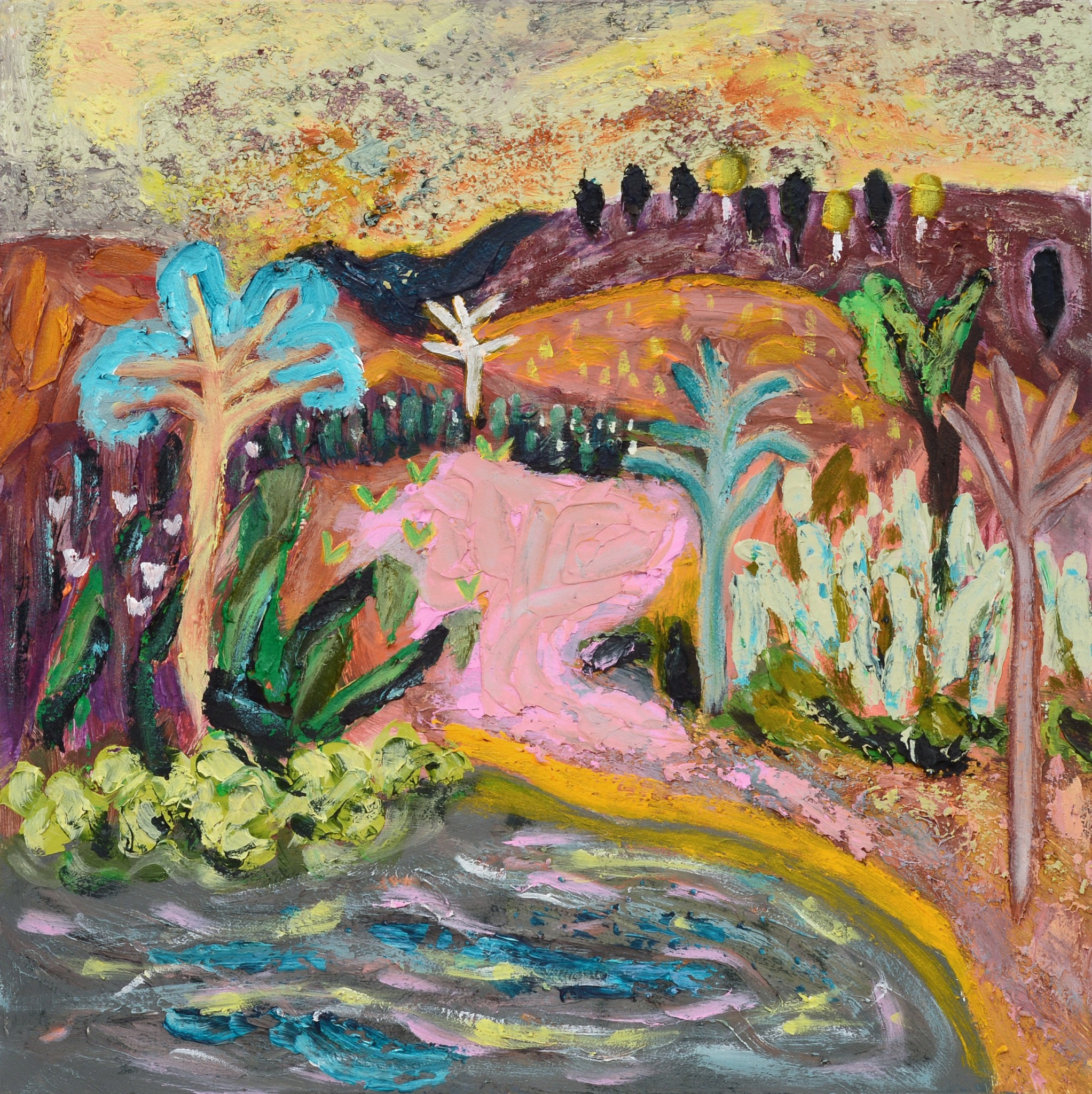
What’s the most rewarding aspect of being a creative in your experience?
The most rewarding aspect of being an artist is the creative journey itself. As I mentioned, art making is an adventure no matter the outcome of what I’m working on – good, bad, ugly. I want it to be good of course, but that doesn’t always work out. You have to be able to allow yourself to take chances and fail. And another aspect is I don’t have to rely on anyone but myself to continue to do this. So I have freedom and self-reliance. And that includes maybe not following current trends. I must do what I must do. I have traveled from non-expressionist abstraction to expressionistic landscape. I do have influences on my work, of course, as I mentioned. I think of the influences as part of my artist path, reminding me of the direction I want to go. In the mornings, I make coffee and often start painting in my pajamas. You can’t beat that!
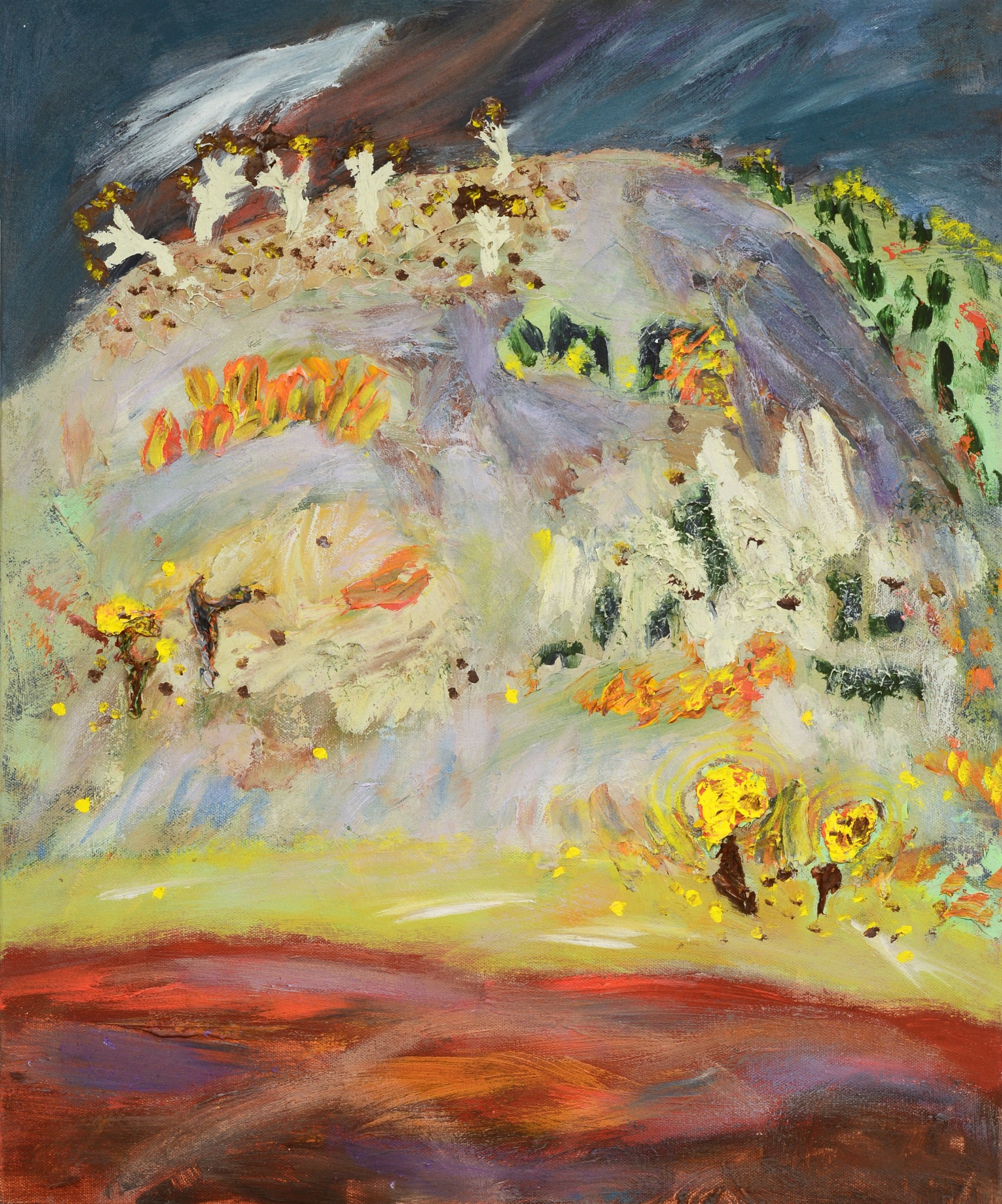

How can we best help foster a strong, supportive environment for artists and creatives?
Within the society of the art world, it is very supportive when a gallerist or curator invites me to be in their show. It makes me feel seen. I feel my work has been “gotten.” And that means a lot in a field where one may experience many rejections. Also, people buying my work, of course, does the same thing. These two things are very supportive and I am grateful to experience both. Within the greater society, I would say try to have an open and curious mind. Don’t turn away from art you don’t yet understand. You can understand and enjoy many types of art if you have the desire. It will add so much to your life.
Contact Info:
- Website: https://www.joannelobotsky.com/
- Instagram: https://www.instagram.com/jlobotsky/
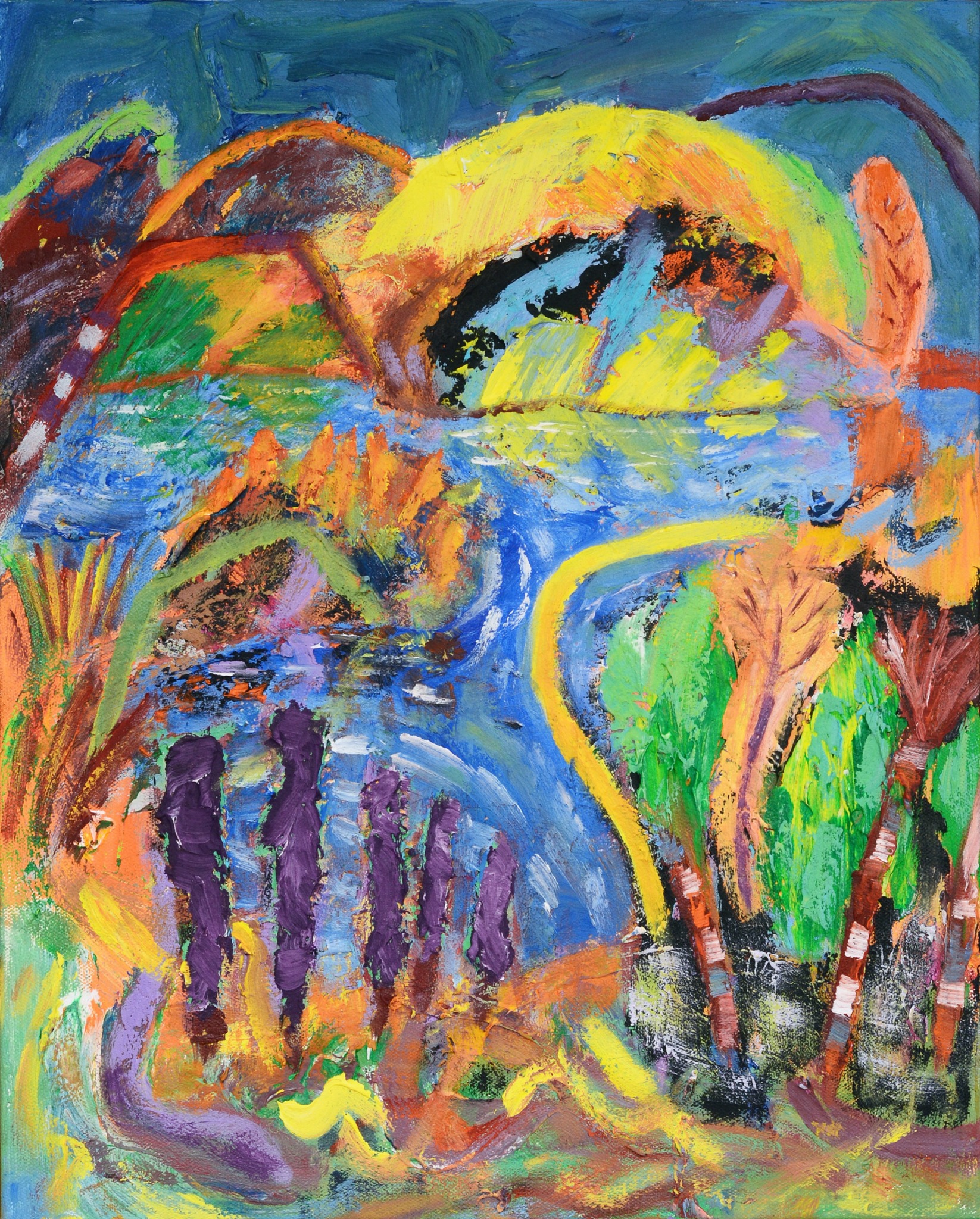

Image Credits
Steve Brady


